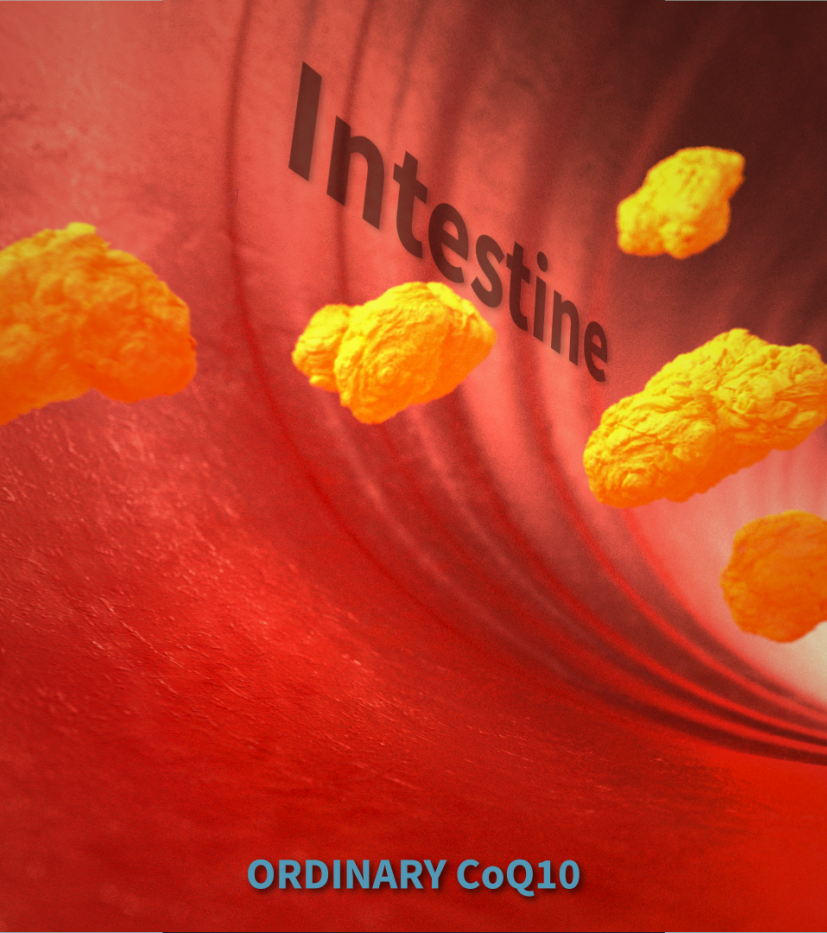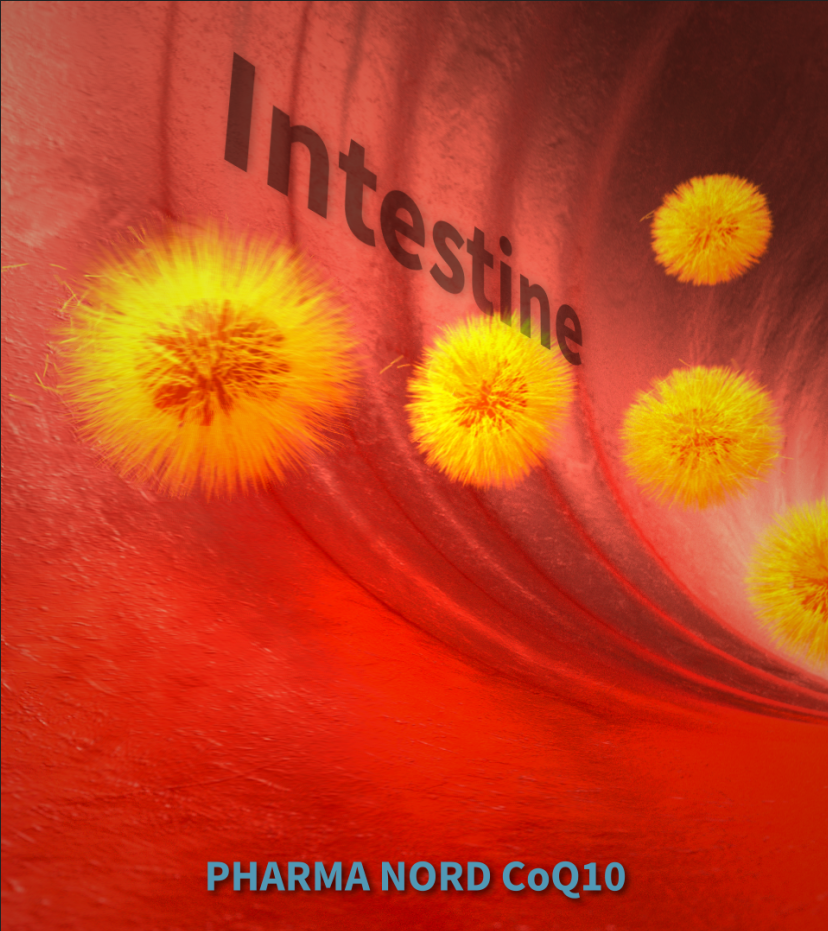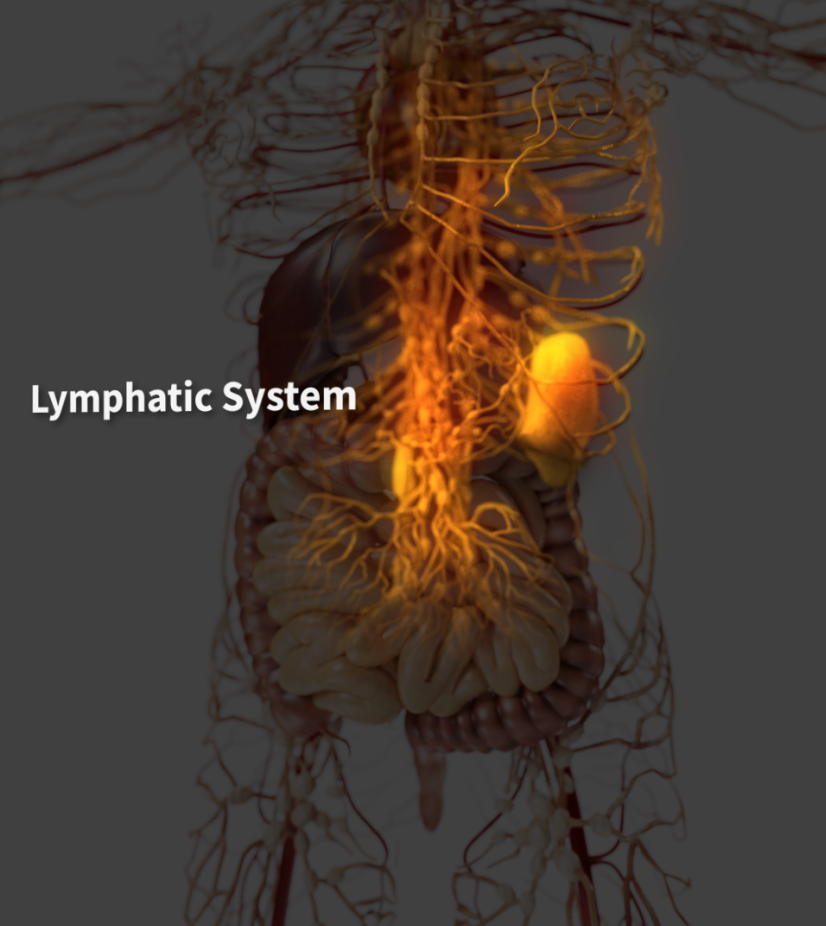Why is some CoQ10 better absorbed than other?
It is a fact that the Coenzyme Q10 is notoriously difficult for the body to absorb. Not all Q10 products are equally absorbed, not even if they come from the same raw material.
Why is that?
 |
| Lumpy crystals with poor absorption |
The CoQ10 raw material consists of crystals.
The human body cannot absorb crystals, only single molecules.
Furthermore, the CoQ10 molecules are large, fat-soluble molecules and must pass through the watery phase adjacent to the intestinal absorption cells.
"The secret to improved absorption is the dissolution of the CoQ10 crystals to single molecules. "
If the CoQ10 crystals do not get dissolved, the crystals will be eliminated in the same way as indigestible fiber.
Dissolution of the CoQ10 crystals depends on the type and shape of the crystals.
Large lumpy CoQ10 crystals will yield only a few free single molecules from the surface. Most of the crystalline CoQ10 will be eliminated without giving any nutritional benefit.
Needle-shaped CoQ10 crystals, on the other hand, have a greater surface area to volume ratio and will dissolve to single molecules much more completely at body temperature in the stomach and small intestines.
How do we get the CoQ10 to form the needle-shaped crystals?
 |
| Needle-shaped crystals with good absorption |
The needle-shaped crystals are formed as the result of a patented composition and pharmaceutical process that involves the use of two soybean oils with different melting points and special mixing, heating, and cooling procedures that ensure that the large coenzyme Q10 crystals recrystallize to snowflake-like crystals that take on fractal shapes with a large surface area in relation to their volume. These snowflake-like crystals can dissolve fully in the carrier lipid at body temperature.
The process of forming the needle-shaped CoQ10 crystals starts with the condensation of small soybean cores from the soybean oil with the higher melting point.
The Q10 in the mix attaches to these soybean cores, forming the characteristic 'snowflakes' with needle-shaped crystals.
What happens when we swallow a CoQ10 capsule manufactured to form snow-flake shaped CoQ10 crystals?
Here, the body temperature in the stomach and small intestines is the key.
The first thing that happens is that the oil cores melt at body temperature.
This releases the needle-shaped crystals that begin to break up into smaller pieces.
The smaller pieces dissolve into free single Q10 molecules that the intestinal cells can absorb.
 |
| The oil core melt releasing the needle-crystals breaking up and melting |
What happens if the CoQ10 product does not use this pre-treated method and formulation?
In that case, the Q10 crystals will remain in the large lumpy form, releasing only a few free single molecules from the surface. The Q10 crystals will pass from the small intestines to the colon and will be eliminated as waste.
How do the CoQ10 single molecules get from the stomach to the intestinal absorption cells?
The CoQ10 molecules pass from the stomach to the duodenum, the first part of the small intestines, in the chyme.
The chyme is the semi-fluid, partially digested mass of food that moves from the stomach to the small intestine.
From the relatively short duodenum, the chyme including the CoQ10 moves to the jejunum, the second part of the small intestines.
"In the small intestine, the CoQ10 molecules are incorporated into naturally made nanospheres called micelles. The micelles are formed by the digestive system to transport monoglycerides, free fatty acids, and fat-soluble substances like vitamin E and CoQ10 through the watery interior of the small intestine to the intestinal absorption cells."
The need for monoglycerides to transport the CoQ10 to the absorption cells points up the importance of taking the CoQ10 capsules together with a meal containing some fats.
Why do we need to take CoQ10 together with a meal containing some fat?
When fats are digested, it is broken down to free fatty acids and monoglycerides in the small intestine. Here, mixed micelles are formed. They are nano-sized self-assembled aggregations containing digestion substances such as monoglycerides, free fatty acids, bile salts, phospholipids, and vitamin E and Q10.
Several thousand single CoQ10 molecules are incorporated in each micelle.
 |
| A micelle incorporating CoQ10 molecules who are subsequently absorbed in the intestinal wall by passive diffusion |
What is the role of micelles?
The micelles transport the CoQ10 molecules across the watery layer to the intestinal absorption cells. At the surface of the intestinal absorption cells, the micelles break down and release CoQ10 and other hydrophobic components. The micelles do not get absorbed, but may be restored to new micelles.
Some – not all – of the CoQ10 molecules get absorbed. Others disperse and reform in new mixed micelles. Others fail to be formed up in new micelles and move through the intestine to be expelled as waste.
Does the CoQ10 go directly from the intestinal absorption cells to the blood?
 |
| Part of the lymphatic system |
No. The Q10 passes from the intestinal absorption cells into the lymph.
One of the many functions of the lymph system is to absorb and transport fats and fatty acids from the digestive system to the blood circulation.
What transports the CoQ10 in the lymph to the blood circulation?
As the CoQ10 molecules move from the absorption cells into the lymph, they are incorporated into chylomicrons.
The chylomicrons are particles of protein and fat that transport fatty substances in the lymph. They carry the CoQ10 from the intestinal absorption cells through the lymph to the blood.
The passage of the CoQ10 in the lymph system from the intestines to the blood circulation takes 3 – 5 hours.
What form does the CoQ10 have in the lymph?
The CoQ10 enters the lymph at the abdominal lymph duct. It moves slowly through the lymph and enters the blood at the thoracic lymph duct.
During this period, the CoQ10 is reduced to its antioxidant form called ubiquinol.
It is important to note that the CoQ10 is absorbed as ubiquinone and is then automatically converted to its antioxidant form (ubiquinol) as it moves from the absorption cells into the lymph.
Accordingly, in the lymph and in the blood, the CoQ10 is 94-96 % in the antioxidant form.
When does the CoQ10 reach its peak concentration in the blood?
LDL and VLDL lipoproteins transport fat-soluble CoQ10 molecules through the blood plasma, which is also watery in composition.
"In 6 – 8 hours after ingestion of the CoQ10 capsules, the plasma CoQ10 concentration reaches its peak."
Later, when the CoQ10 passes from the blood to the tissue cells, it will be automatically converted from its antioxidant form back to its bio-energetic CoQ10 form
Video of the CoQ10 Absorption Process

